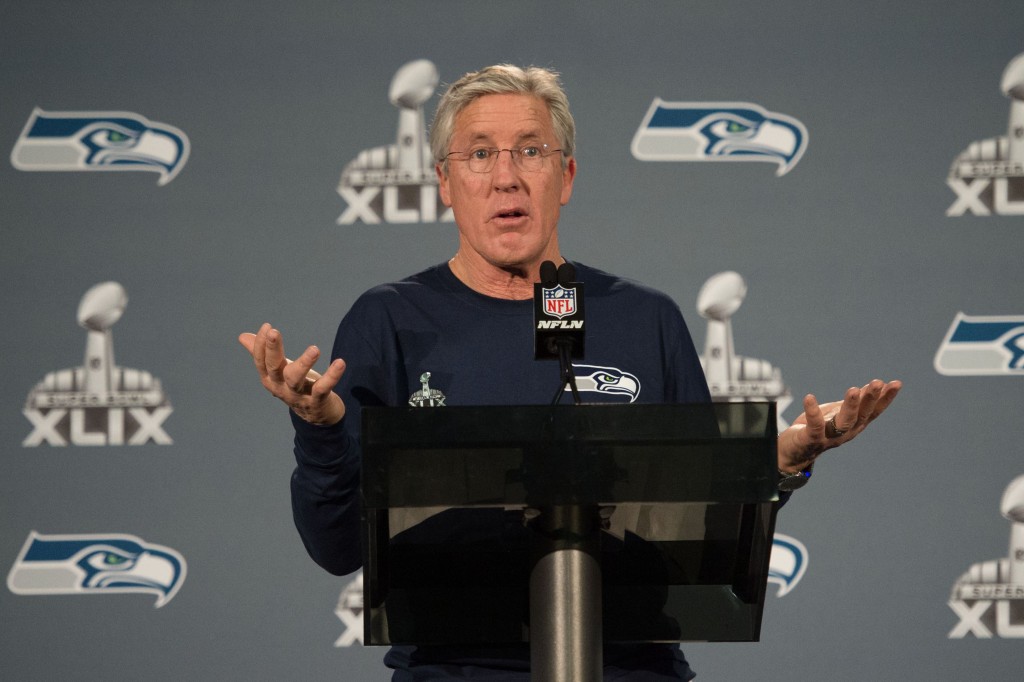by Gus Griffin
There is a great deal of mistrust of power, be it governmental or corporate. Society is becoming increasingly skeptical of the notion that either of the aforementioned will do the right thing in a fair process. It is a well warranted skepticism.
Among the many great things about sports is that it is the closest thing in American society to a transparent meritocracy.
We see more in the way of outcome and process in sports than any other area of American life and yet ironically it is that very high and unique access that sometimes deludes us into thinking we know more than we really do. The area where this manifests itself most is in the evaluation of coaching.
Even after adjusting the variation of coaching impact across sports and eliminating outlier boneheaded coaching decisions like Seattle’s last play call in the Super Bowl, the evaluation of coaching typically assumes two things: 1) that coaching decisions impact outcome as much as player execution; and 2) that we are privy to all the information that the coach has to make a decision.
The problem is that neither are true.
On coaches impact compared to players you can look at both George Seifert and Tom Flores who won 2 Super Bowls with 49ers and Raiders respectively. Seifert had one of highest winning percentages in NFL history while in San Francisco. When he got to Carolina he went 1-15. Flores didn’t do much better in Seattle. Neither forgot how to coach any more than Erik Spoelstra did this year with the Heat.
There is a short list of coaches/managers with a track record of making significant improvements to a team with largely the same talent: Larry Brown, Buck Showalter, and Bill Parcells.
Everyone else has pretty much been no better, some worse than their talent.
Privy to information is more complex. When Buddy Ryan coached the Eagles, he cut one Chris Carter, saying, “all he does is catch that fade pass”. He got clobbered in the world of armchair coaching and GM evaluation. Few knew that he never believed what he was saying but was taking a bullet for Carter, who at the time had a drug problem.
In my own high school baseball coaching experience I recall a second basemen we had, that for whatever reason could not make an accurate throw home to cut off a scoring runner. So in the game when we chose to bring the infield in, we either had to switch him with someone else, pull him from the game, or decoy him. No observers would understand why we would do this unless they came to practice.
This is why I have learned to temper my coaching evaluations. While transparency is a good thing, it’s never absolute and in that vacuum we are left with that old saying, “a little bit of knowledge can be a dangerous thing”.
Gus Griffin, for War Room Sports

